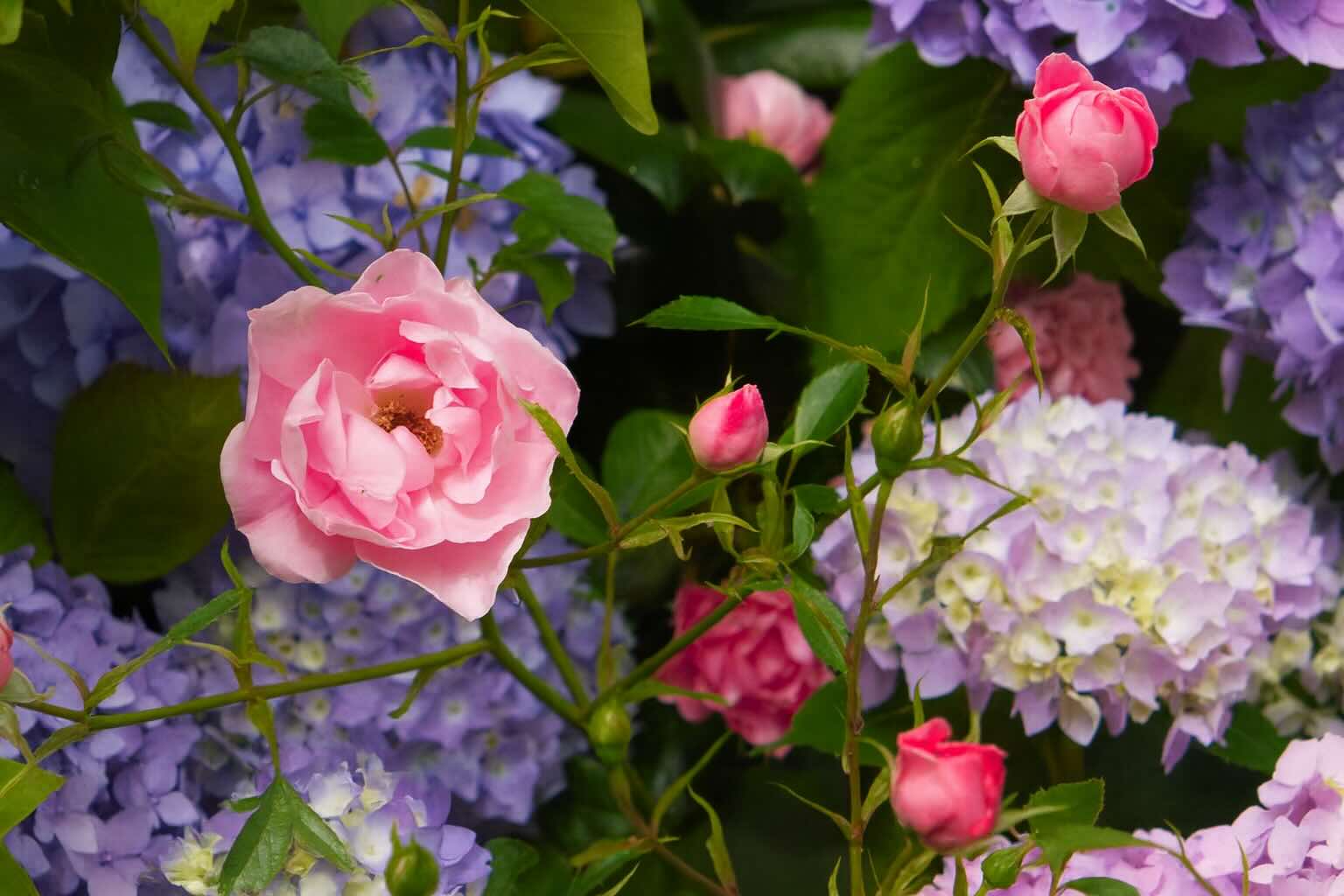When autumn rolls around, it’s tempting to tidy up the garden and give everything a clean cut before winter sets in. But pruning at the wrong time can actually weaken or even kill certain plants. Many species rely on their old growth for winter protection, spring blooms, or as food sources for wildlife.
1. Hydrangeas (certain varieties)
Hydrangeas that bloom on old wood—like Hydrangea macrophylla (bigleaf hydrangea)—set their flower buds the year before. Cut them back in fall, and you’ll be chopping off next year’s blossoms.
Best time to prune: Right after they finish flowering in summer.
2. Lilacs
These classic spring bloomers also develop buds on old wood. A fall trim removes the buds that are waiting to open the following spring.
Best time to prune: Immediately after flowering in late spring/early summer.
3. Forsythia
This cheerful shrub is one of the first signs of spring. If you cut it back in fall, you’ll lose the brilliant yellow flowers that brighten gardens after winter.
Best time to prune: Right after the flowers fade in spring.
4. Azaleas & Rhododendrons
Both set next year’s buds shortly after blooming. Fall pruning not only removes those buds but also exposes the plant to cold damage.
Best time to prune: Early summer, just after flowering.
5. Clematis (spring-blooming types)
While some clematis varieties can be cut back, spring-flowering types (Clematis montana, for example) bloom on old stems. Cut in fall, and you’ll miss the entire show.
Best time to prune: After they bloom, in late spring.
6. Early-Blooming Magnolias
Saucer and star magnolias produce buds during summer and hold them through winter. Trimming in fall means losing those fat, fuzzy buds that promise spring beauty.
Best time to prune: Only if needed, right after flowering.
7. Roses (most varieties)
A heavy fall cut encourages tender new shoots that can be damaged by frost. Leaving rose canes intact provides winter protection.
Best time to prune: In late winter or very early spring, just before new growth starts.
Bonus Reason Not to Over-Prune in Fall
-
Winter shelter for wildlife: Seed heads and stems provide food and cover for birds and beneficial insects.
-
Cold protection: Old growth helps insulate plants from frost damage.
-
Garden interest: Many perennials and shrubs add texture and structure to a winter landscape.
The Bottom Line
Resist the urge to prune everything in autumn. By leaving these 7 plants alone, you’ll protect next year’s flowers, safeguard your garden’s health, and support local wildlife through the colder months.
